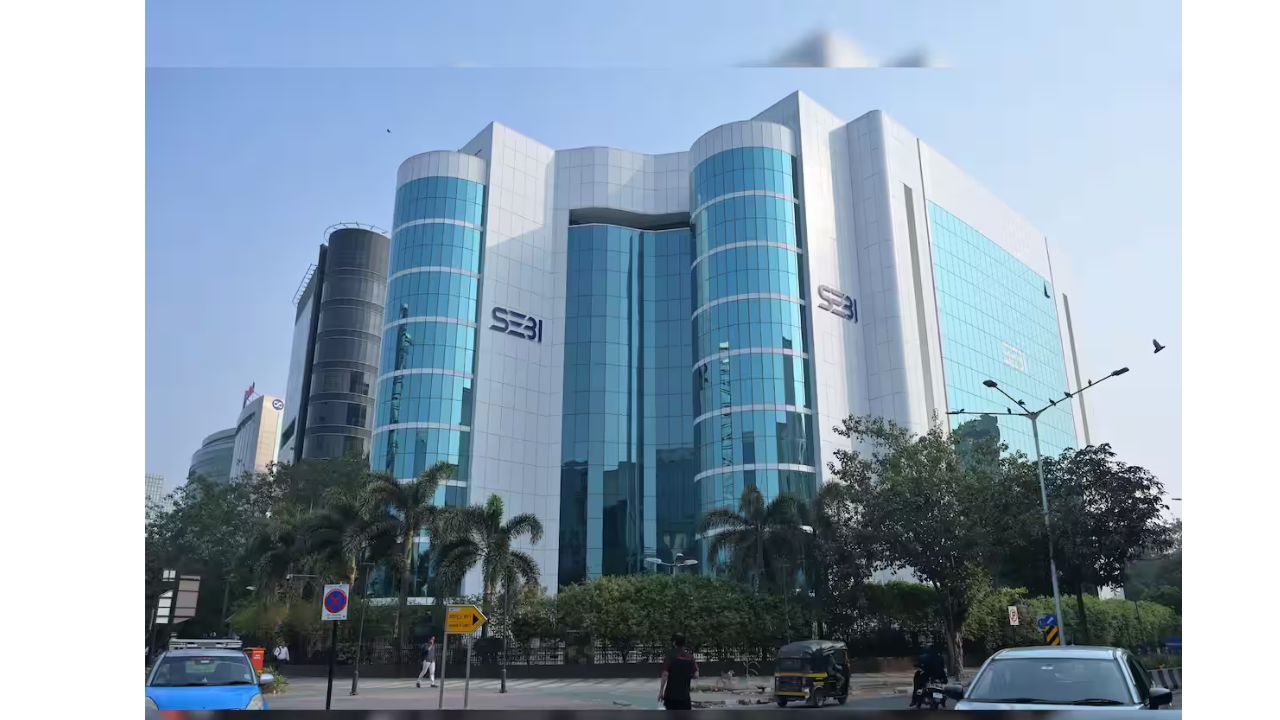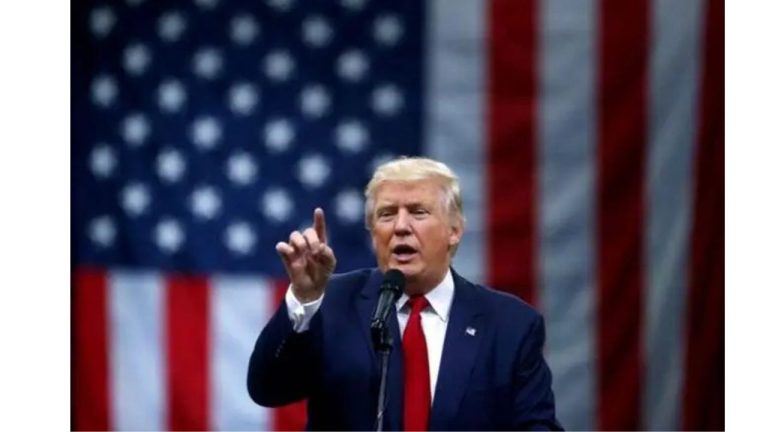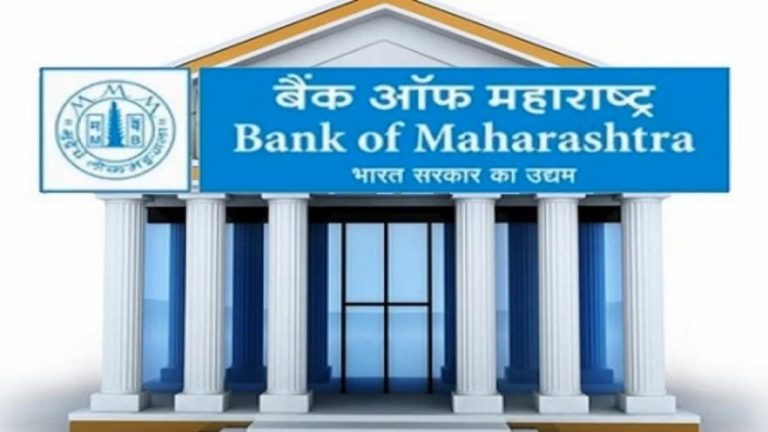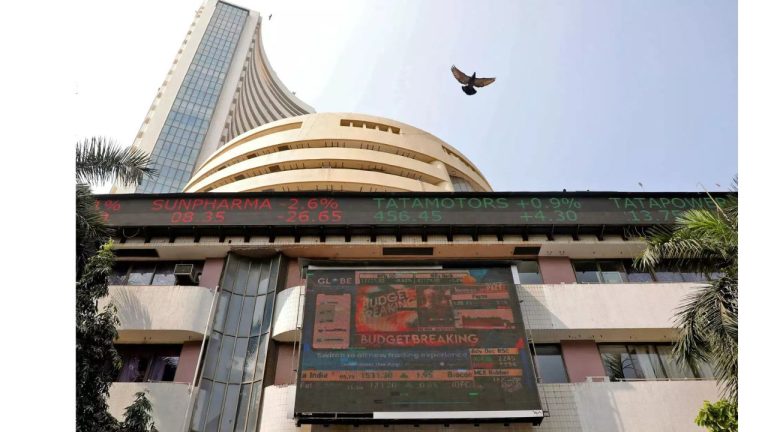Since October 2024, Sebi has Eliminated 70K Deceptive Social Media Postings and Accounts
At a time when domestic equity ownership has been gradually increasing, the capital market regulator has stepped up its assault on social media accounts that deceive investors, removing almost 70,000 of them in the last six months.
Sebi stated that stopping fraudulent activity by unregistered advisers becomes a top concern since domestic mutual fund inflows into stocks have been close to record levels. The statement was made by longtime member Ananth Narayan on March 21 while speaking at the Association of Registered Investment Advisors (ARIA) Aspire 2025 event.
He said he has been working with social media firms since October 2024 to remove over 70,000 deceptive handles. He suggested that investors utilize the UPI pay-right handle to identify registered organizations and ensure they only pay Sebi-registered entities. Ananth Narayan said, “If we can establish this safe space, it will greatly help us weed out the riffraff and ensure we do all the good things required for this gated safe community.”
In addition to stating that continued capital production is our shared objective, Narayan said we must guarantee investor safety, knowledge, and ethical investment. Narayan emphasized the significance of cooperation between all market players, including issuers, investors, regulators, and advisers, to sustain the momentum of capital formation and confidence in the financial markets.
A total of $54 billion in foreign direct investment (FPI) has entered India since April 2020, of which $21 billion has come from stock inflows and $33 billion from loan inflows. According to Narayan, this starkly contrasts the preceding five-year period, which ran from FY16 to FY20, when inflows were just $19 billion, of which $12 billion came from stock flows and $7 billion from loan flows.
Given that the value of FPI holdings in India as of February 2025 was over Rs 62 lakh crore in equity and Rs 5.9 lakh crore in debt, Ananth Narayan stated that foreign investors are still very much committed to the Indian market.
According to Narayan, the portfolio composition has improved due to the recent trend of increased FPI debt flows that followed India’s inclusion in global debt indices. That is not a terrible thing for a developing nation like ours.
Regarding the debt-to-equity investment ratio, Narayan stated that India’s nominal GDP growth rate of 10–12% annually presents a chance for debt financing at a rate of 7-8 percent.
Narayan stated that India must keep its promises of steady economic development, solid governance, and stable macroeconomic policies to preserve investor trust. He said, “This is not to imply complacency anywhere.” We continue to be dedicated to attracting foreign investments to finance capital development in India because we require foreign savings.
According to Narayan, although FPI is essential, domestic investment has become more significant. The amount of domestic mutual funds entering the equity markets has never been higher. He noted that domestic mutual funds have received more than Rs 16 lakh crore inflows into equities schemes during the previous five fiscal years, 10 times the net inflow from FPIs into equity during the same time frame.
The composition of India’s market capitalization has changed dramatically due to the growing domestic mutual fund involvement. Compared to just 3.9 percent in December 2014, mutual funds comprise 10% of the NSE’s entire market capitalization as of December 2024. However, FPI’s market capitalization share decreased from 22% to 17.4% throughout the same period.
Narayan asserted that “this trend of Indians owning more equity is not necessarily bad,” putting the responsibility for achieving our growth goals and potential in continuous capital formation on the ecosystem.
Additionally, he emphasized the significance of prudent financial planning and sound governance. Issuers are required to provide governance and growth. Advisors are receiving a great deal of confidence and trust from investors,” he stated.
Narayan said he believes the accredited investor model should be featured to find risk-aware and risk-capable investors further. This would allow them to finance risk-takers more efficiently in a less stringent regulatory climate. “I think we would be delighted to make that entire experience as light-touch as possible if we can identify investors who don’t need our protection,” he said, adding that the conversation between Sebi and the intersections of mutual fund distributors, non-discretionary PMS, and investment advisors should go on.
According to Narayan, one of Sebi’s primary responsibilities is to raise investor awareness and educate them, and the regulator is now striving to improve investor outreach. To assist guide our outreach approach, we are also conducting a countrywide poll, he continued.







